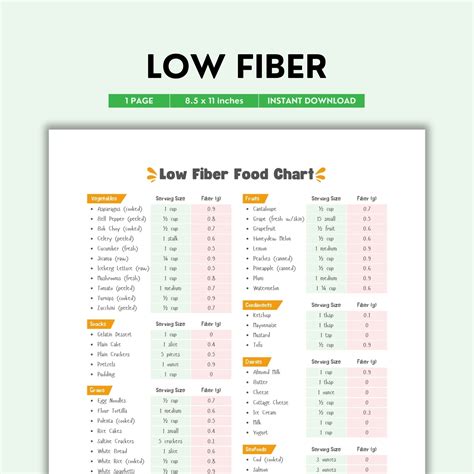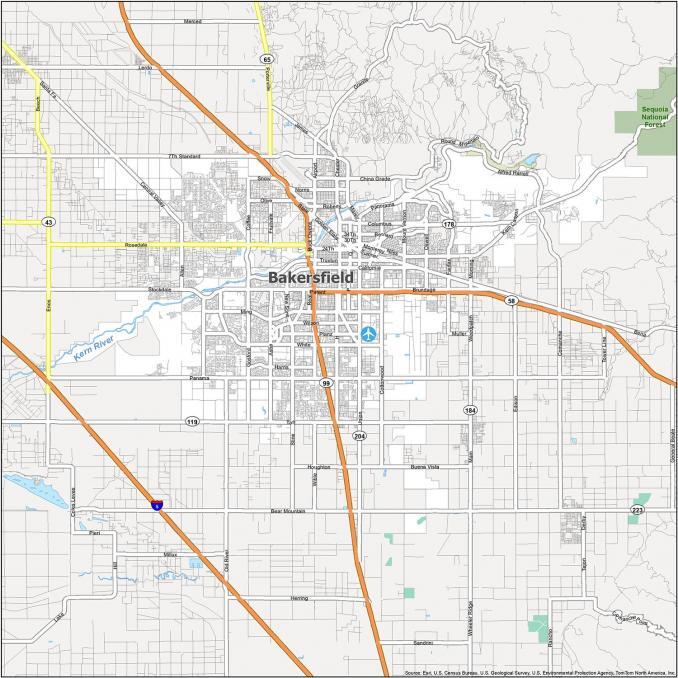When it comes to managing digestive health or following a specific dietary regimen, understanding which foods are low in fiber is crucial. Fiber, a type of carbohydrate, is known for its benefits in promoting regular bowel movements, preventing constipation, and supporting healthy blood sugar levels. However, there are instances where reducing fiber intake is necessary, such as during certain digestive issues or pre/post surgery for some patients. Here, we will delve into the world of low fiber foods, exploring why they might be chosen, the types of foods that fall into this category, and how to incorporate them into your diet wisely.
Understanding Fiber
First, it’s essential to understand what fiber is and its role in our diet. Dietary fiber consists of the edible parts of plants that are not easily broken down by the body and do not provide calories. There are two main types of fiber: soluble and insoluble. Soluble fiber can help lower cholesterol and control blood sugar levels, while insoluble fiber helps move food through the digestive system, promoting regular bowel movements. The daily recommended intake of fiber varies by age and sex, but most adults need about 25 to 30 grams per day. However, during certain conditions or as advised by healthcare providers, some individuals may need to consume less.
Why Choose Low Fiber Foods?
There are several scenarios where opting for low fiber foods might be necessary or beneficial. For patients undergoing colonoscopy, a low fiber diet is often recommended to ensure the colon is clear for the procedure. Similarly, individuals with certain gastrointestinal conditions, such as inflammatory bowel disease (IBD), might find that a low fiber diet helps manage their symptoms during flare-ups. Moreover, in the immediate recovery period following certain gastrointestinal surgeries, a low fiber diet may be prescribed to minimize the workload on the digestive system.
Types of Low Fiber Foods
Low fiber foods are typically those that are highly processed or come from animal sources, as these tend to have minimal to no fiber content. Here are some examples:
- Meat and Poultry: Beef, pork, lamb, chicken, turkey, and fish are all naturally low in fiber.
- Dairy Products: Milk, cheese, yogurt, and eggs contain negligible amounts of fiber.
- Refined Grains: White bread, white rice, and pasta are examples of refined carbohydrates that have been processed to remove most of their fiber content.
- Fats and Oils: Butter, margarine, and various cooking oils are fiber-free.
- Sugars and Sweets: Table sugar, honey, and most candies and sweets do not contain fiber.
Preparing Low Fiber Meals
Preparing meals with low fiber foods requires some planning to ensure you’re getting enough nutrients while keeping fiber intake low. Here are some tips:
- Focus on Protein Sources: Meat, poultry, fish, eggs, and dairy products can form the foundation of your meals.
- Choose Refined Over Whole Grains: Opt for white bread, plain white rice, and refined pasta.
- Be Mindful of Fruits and Vegetables: While fruits and veggies are generally high in fiber, some have less than others. For example, Avocados and bananas are high in fiber, but fruits like grapes and pineapples, and vegetables like cucumbers and bell peppers, are relatively lower.
- Limit Legumes: Beans, lentils, and peas are high in fiber, so they should be consumed in limited amounts or avoided if possible.
- Read Labels: Many processed foods are low in fiber, but always check the nutrition label to confirm.
FAQs
What are the risks of a very low fiber diet?
+A very low fiber diet can lead to constipation, increased risk of hemorrhoids, and potentially contribute to conditions like diverticulitis. It may also lead to a lack of beneficial gut bacteria, which are important for immune function and overall health.
How do I know if I should follow a low fiber diet?
+It's crucial to consult with a healthcare provider or a registered dietitian before starting any new diet, including a low fiber diet. They can provide personalized advice based on your health status, nutritional needs, and any medical conditions you may have.
Can I still get enough nutrients on a low fiber diet?
+Yes, it's possible to get enough nutrients on a low fiber diet by focusing on a variety of foods, including lean proteins, healthy fats, and low fiber fruits and vegetables. Supplements may also be recommended by a healthcare provider to fill any nutritional gaps.
Conclusion
While fiber is an essential component of a healthy diet, there are instances where reducing fiber intake is advisable. By understanding which foods are low in fiber and how to incorporate them into your diet, you can manage specific health conditions or prepare for medical procedures as recommended by healthcare professionals. Always consult with a healthcare provider or a dietitian before making significant changes to your diet to ensure you’re meeting your nutritional needs and promoting overall health and well-being.


